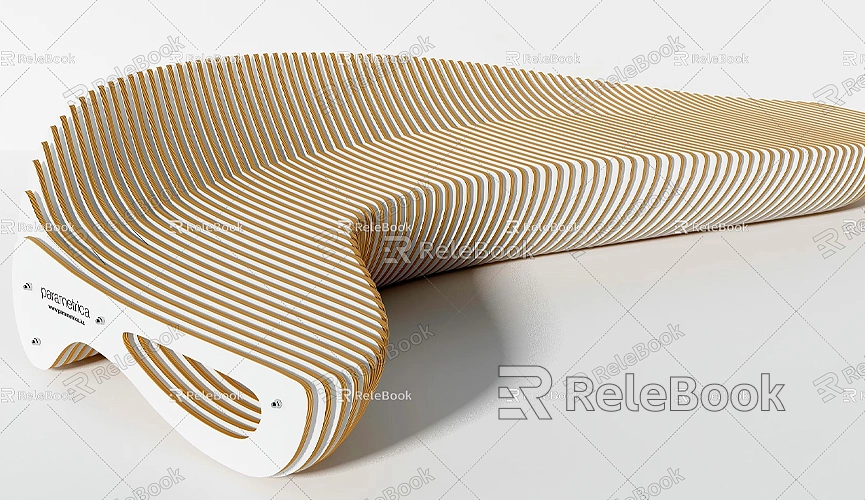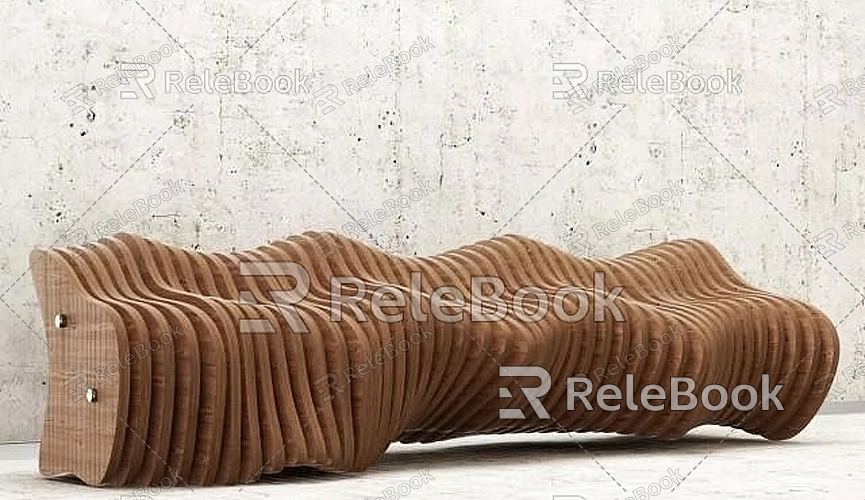How to Import Models in SketchUp
As a powerful 3D modeling tool, SketchUp is widely used in fields such as architectural design, interior design, and landscape planning. This article will provide a detailed guide on how to import models into SketchUp, helping you efficiently handle and utilize various model resources.
Choosing the Right Model Resources
Before you start importing models, it's important to select appropriate model resources. If you need high-quality 3D textures and HDRI for your models and virtual scenes, you can download them for free from [Relebook](https://textures.relebook.com/). For exquisite 3D models, you can also find a wealth of quality resources at [Relebook](https://3dmodels.relebook.com/).

Preparation
Before importing models, ensure you have completed the following preparations:
- Make sure you have SketchUp installed and that it is the latest version.
- Ensure you have the model files you want to import and know their exact locations.
Importing Model Files
1. Importing .SKP Format Model Files
If you have a SketchUp (.SKP) format model file, importing it is straightforward:
- Open SketchUp.
- Click on the "File" menu and select "Import."
- In the file browser that pops up, locate your .SKP file and click "Open."
SketchUp will automatically load and display the imported model, allowing you to use SketchUp’s tools for further editing and manipulation.
2. Importing Other Format Model Files
If you have model files in other formats (such as .DAE, .3DS, .OBJ, etc.), you can import them using the following steps:
- Open SketchUp.
- Click on the "File" menu and select "Import."
- In the file type dropdown menu, choose the format of your model file.
- Browse and select your model file, then click "Open."
SketchUp will parse and import the file according to its format, which may take some time depending on the file size and your computer's performance.
Adjusting and Optimizing Models

Once the model is successfully imported into SketchUp, you can make adjustments and optimizations as needed:
- Use SketchUp’s move, rotate, and scale tools to adjust the model's position and proportions.
- Add or modify the model's materials and textures to enhance its appearance.
- Utilize SketchUp’s component tool to create copies of the model or combine multiple models into a single component for easier reuse in your projects.
Extended Applications
Beyond basic import and editing functionalities, SketchUp supports a variety of plugins and extensions that can further enhance model capabilities and visual appeal:
- Rendering Plugins: Rendering plugins like V-Ray and Enscape can add realistic lighting and shadow effects to your models, improving their visual quality and realism.
- Animation Plugins: Animation plugins can add dynamic effects to models, such as walkthroughs and fly-throughs, making the models more interactive and lively.
With this guide, you should now understand the basic steps and techniques for importing models into SketchUp. Whether importing existing models from other modeling software or obtaining new model files from online resources, SketchUp provides simple yet powerful tools to meet your project needs and creative ideas.
If you need high-quality 3D textures and HDRI for your models and virtual scenes, you can download them for free from [Relebook](https://textures.relebook.com/). For stunning 3D models, [Relebook](https://3dmodels.relebook.com/) offers a wide range of quality resources that add detail and visual texture to your design projects, helping you achieve outstanding design results.

